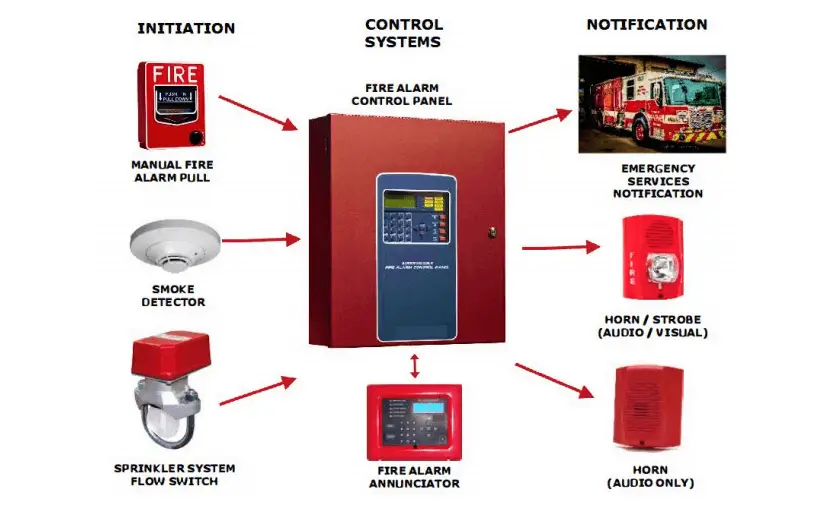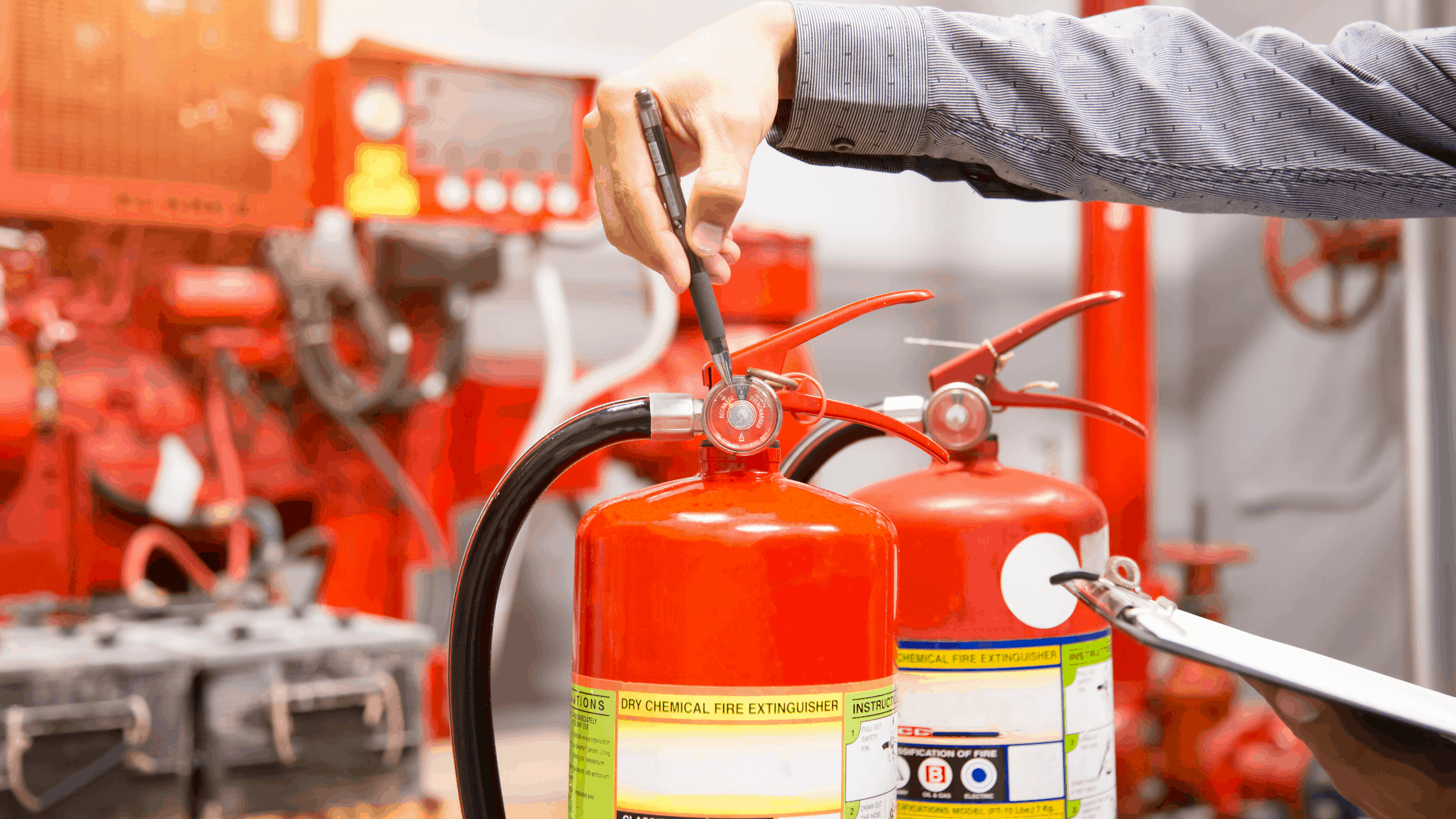What are Fire Control Systems?
fire control system in buildings encompass a network of integrated technologies and protocols designed to detect, contain, and suppress fires within buildings. These systems utilize a combination of devices, sensors, alarms, and suppression mechanisms to ensure swift and effective responses in case of fire emergencies.

The Importance of Fire Control Systems
The significance of fire control systems cannot be overstated. Beyond the protection of human lives, these systems safeguard valuable assets, confidential information, and business continuity. By providing early alerts and facilitating rapid response, they empower occupants and first responders to take timely actions that can mean the difference between safety and catastrophe.
Tailoring Systems to Specific Needs
Every building is unique, requiring a customized fire control system. The type of occupancy, whether residential, commercial, or industrial, influences the choice of components and their configuration. A one-size-fits-all approach is inadequate when it comes to safeguarding lives and property.
Integration with Building Management Systems
Fire control systems are most effective when integrated with building management systems (BMS). BMS technology allows for centralized monitoring, remote control, and data analysis. Integration enhances real-time decision-making and enables predictive maintenance.
Maintenance and Testing of Fire Control Systems
Regular Inspections and Servicing To ensure the reliability of fire control systems, routine inspections, and servicing are imperative. Trained technicians conduct thorough assessments, test devices, replace worn components, and address potential issues. Regular maintenance enhances system performance during critical moments.
Conducting Fire Drills: Ensuring Readiness
Fire drills are essential to prepare occupants for emergency situations. These simulated exercises test the effectiveness of evacuation plans, the responsiveness of alarms, and the coordination of personnel. Regular drills improve the likelihood of successful evacuation and reduce panic.
Upgrading Systems for Enhanced Performance
As technology advances, fire control systems evolve as well. Upgrading to newer equipment and software ensures that buildings benefit from the latest safety innovations. Regular upgrades enhance system efficiency and compatibility with changing building dynamics.
Benefits of Robust Fire Control Systems
Minimizing Loss of Life and Property The primary goal of fire control systems is to save lives. By providing early detection and rapid response, these systems prevent the loss of life that can occur during fires. Additionally, they significantly reduce property damage by containing and suppressing fires before they can spread.
Reducing Insurance Premiums and Legal Liabilities
Buildings equipped with comprehensive fire control systems often experience lower insurance premiums. Insurance providers recognize the reduced risk associated with such buildings and reward proactive safety measures. Moreover, robust systems mitigate legal liabilities in the event of fire-related incidents.
Ensuring Business Continuity and Resilience
For businesses, uninterrupted operations are critical. Fire control systems play a vital role in maintaining business continuity by minimizing downtime caused by fire emergencies. A swift and effective response ensures that businesses can resume operations promptly after a fire incident.
Compliance with Codes and Regulations
Adhering to National and Local Standards Fire control systems are subject to rigorous national and local codes and regulations. Compliance with these standards is not only a legal requirement but also a moral obligation to protect occupants and the surrounding community. Building owners and managers must stay informed about evolving regulations.
The Role of Authorities in Oversight
Government authorities and fire departments often play a central role in overseeing fire safety measures. Inspections, certifications, and collaboration with local emergency services contribute to a holistic approach to fire control. A partnership between building stakeholders and authorities fosters a safer built environment.

